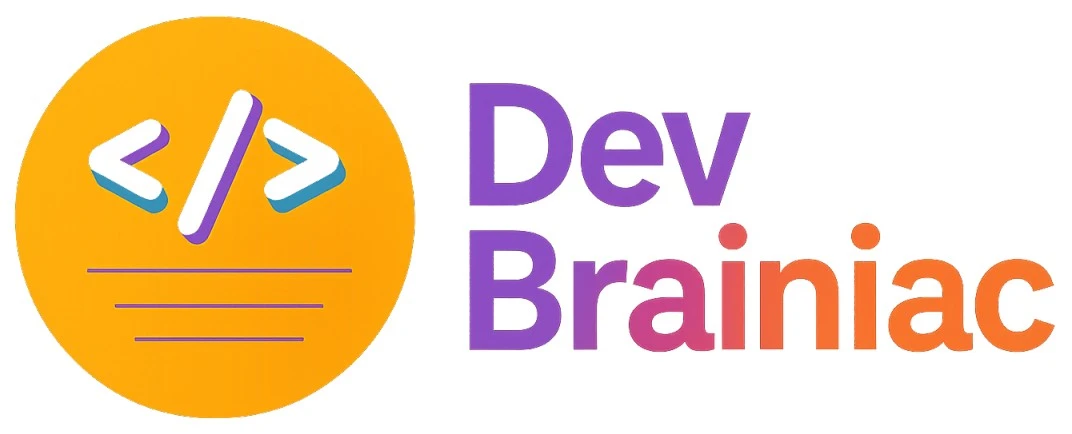.NET Evolution Timeline : From Framework to Unified Platform
📝 Updated for 2024: Explore how .NET evolved from a Windows-only framework into a powerful cross-platform development ecosystem trusted by millions of developers worldwide.
.NET is a free, open-source platform developed by Microsoft that allows you to build a wide range of application. including web, desktop, mobile, cloud, and IoT.
Since its first release in 2002, .NET has evolved significantly. It has moved from being tightly tied to Windows to becoming a truly cross-platform, unified development platform that works on Windows, macOS, and Linux.
This post breaks down the full .NET timeline, version-by-version, so you can understand where it started, where it is now.
📅 .NET Version History Timeline (2002–2024)
🛡️ LTS vs Current Releases: What’s the Difference?
Note : LTS (Long-Term Support) versions are stable and supported for 3 years. Current versions are supported for 18 months and introduce new features faster.
🔄 The 3 Major Phases of .NET
1. Classic .NET Framework Era (2002–2014)
- Entirely Windows-based.
- Rich in desktop and web technologies like WPF, WinForms, and ASP.NET Web Forms.
- Monolithic and tightly coupled to the Windows OS.
2. Cross-Platform Breakthrough (2015–2019)
- Launch of .NET Core.
- Modular, lightweight and open-source.
- Targeted for cross-platform development (Windows, macOS, Linux).
3. Unified .NET Platform (2020–Present)
- Single SDK and runtime across all workloads: Web, Mobile, Cloud, IoT, Desktop and Gaming.
- Brings together the best of both worlds: .NET Core’s modern architecture + Framework’s maturity.
- Simplifies decision-making for developers - One .NET to rule them all.
🧠 Final Thoughts
From its humble beginnings as a Windows development platform to a cutting-edge, cross-platform ecosystem, .NET has evolved dramatically over the last two decades. With a clear roadmap, faster iteration cycles and a vibrant open-source community, .NET is well-positioned to remain a top choice for developers across all domains.
Whether you are maintaining legacy systems or building future-proof cloud apps, understanding this evolution helps you make informed decisions and appreciate the journey of one of the most powerful development platforms out there.
